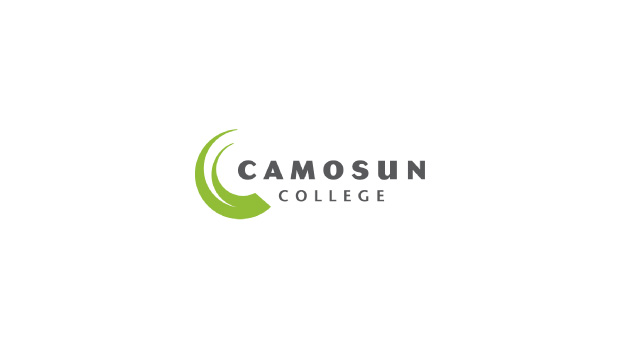Intro
Explore 1 of the 4 biological macromolecules, nucleic acids, as you build some DNA and RNA strands out of candy!
Volunteers: 2-4
1: to discuss the procedure/background science.
1-3: to hands-on assist with the procedure.
Equipment
- Toothpicks
- Template images of DNA and RNA
- **Garbage bags, paper towels/surface cleaner (or other safe disposal method)
Materials
- Licorice (try the really long ones too)
- Multicoloured mini marshmallows, gum drops, gummi bears etc.
Procedure
- Place two licorice pieces side by side (these are the legs of the “ladder”)
- Insert toothpicks along one licorice piece, equal distances apart (these are the rungs of the “ladder”)
- Start feeding two mini marshmallows (or candy of choice) onto the center of each toothpick (students may feel free to add any two colours they would like, but if you want to challenge them you can teach them about the nitrogenous bases (see below) and how they specifically pair up)
- Insert the opposite end of the toothpick into the second licorice piece and you’re done!
- DNA in real life is a “twisted ladder” so you may show students this by twisting the two licorice pieces around one another
- DNA in real life is also very, very long (about 2m, see below) so try doing this with really long licorice or try attaching several licorice pieces together!
Background Science
Learning Question: What are the 4 biological macromolecules? What are nucleic acids (DNA and RNA)? What is their structure? What is their function?


Human life forms (and other organic life) are built and based on 4 major macromolecules, proteins, lipids, carbohydrates and nucleic acids (all of which are carbon-based or have a carbon skeleton). Each macromolecule type is made up of monomers (singular subunits) that then link together into a polymer (many subunits) or chain. Human cells may build up these materials or break them down, depending on their specific needs at any given time.
The structure of each of these macromolecules speaks to their function (form = function). Carbohydrates are linear and somewhat branched, they provide quick access to energy. Lipids are dense balls and provide long term energy storage. Proteins are highly variable and uniquely folded, this is because proteins perform a huge variety of functions including acting as enzymes, structural supports, and our muscles. Nucleic acids are linear as they act like an instruction manual or book, dictating all actions of the cell.

To focus on nucleic acids, the instruction manuals which are located in all cells of the body. There are two main types of nucleic acids, DNA and RNA. DNA (or deoxyribonucleic acid) is double stranded and acts as the instruction manual, never leaving the protection of the nucleus. RNA (or ribonucleic acid) is single stranded and acts as the messenger, copying specific instructions from the DNA and taking them outside of the nucleus to the “workers” who will utilize said instructions to keep the cell running smoothly. We will focus here on only DNA.
Nucleic acid monomers are the nucleotide, made up of a phosphate group (which is negatively charged), a ribose sugar (composed of 5 carbons, a pentose sugar) and a nitrogen rich “base”. There are 4 different nitrogenous bases in a human, Adenine (A), Cytosine (C), Thymine (T) and Guanine (G). These are placed in two groups; pyrimidines (C & T) which contain 1 ring structure, and purines (A & G) which contain 2 ring structures.


The sugars and phosphates of a nucleotide bond together repeatedly, making a chain, providing a backbone for the DNA strand (the negatively charged sugar-phosphate backbone). DNA being double stranded, 2 of these chains then join together, side by side, with the two sugar-phosphate backbones acting like the legs of a ladder.
Creating the rungs of the ladder, holding the 2 DNA strands together, is the bonding of the nitrogenous bases (this is done via hydrogen bonding, a uniquely strong but flexible bond). The hydrogen bond isn’t a true bond, but rather, an intermolecular force (this is why it is drawn as a dotted line, rather than a solid line). But it is such a strong force that it often gets called a bond. Adenine and Thymine form 2 hydrogen bonds and Guanine and Cytosine form 3. This makes the attraction between G & C slightly stronger than that between A & T. A only ever pairs with T and G only ever pairs with C. This is called complementary base pairing. A & T and G & C are not identical, but rather, complementary to one another.


The 2 DNA strands run “anti-parallel” to each other, meaning 1 runs from up to down (5’ to 3’) and the other from down to up (3’ to 5’). The 2 anti-parallel strands then twist around one another, forming a helix. This is to protect the nitrogenous bases at the centre, as these are the most important! Specific combinations of A, T, G and C are read like a book, providing valuable instructions to a cells machinery (“workers”), workers who then keep the cell alive and functioning well over time.
In this activity, students will learn about complementary base pairing as they work to pair specific colours together, imitating A & T and G & C bonding. Students may also attempt to make a, more accurate, ultra-long DNA model! All 46 chromosomes found in 1 human cell would stretch 2m. All chromosomes in all of our cells (so, our whole body) would be about twice the diameter of the solar system!





























